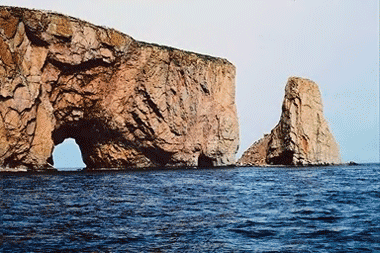For those interested in Elliott Waves, Allan examined the articles posted here yesterday (Catch A Wave, Which Elliott 4th Wave Are We In Currently?) and tried to consolidate the information in a note on how to use EWs in trading. One aspect of EWs I’ve never liked is the subjectivity; and wave labeling makes me dizzy. But this post illustrates the practical use of EWs which, combined with other charting techniques, can help in making trading decisions. – Ilene
Trading Elliott Waves
Enter Advanced GET. I have been using this software since 1995. Until very recently the program could only be run on Windows operating systems. With the advent of the new MacBook Pro, I can now run Windows programs on my Mac and the first Windows software I installed was Advanced GET. This program reduces Elliott Wave Theory to a couple of very tradable mechanical trading signals along with a host of supporting proprietary indicators like no others in any trading environment. Almost every one of these indicators is used to further refine Elliott Wave concepts into something that is actually tradable.
With this as an introduction, I want to walk through a few Advanced GET charts of the S&P 500 in different time frames and point out how theory can be distilled into something eminently tradable.

On the longer term Weekly chart the SPX is in the midst of a 3rd wave down. Two prominent markers stand out. First, that the S&P can climb as high as 1000-1100 and still be considered to be in a third wave down and second, that the software is citing the 700 level as initial support, but that by its wave count, the ultimate bottom of wave 5 is several hundred points lower. Interesting, but hardly the precise measurements we need to put on a trade.

Finally, above is a very short-term chart, a 10-minute chart of the SPX. The blue horizontal lines are where the software, in advance, alerted to where the index would reach at least a minor support level. The first horizontal blue line was generated by the first red price bar, 20 bars in advance of where the SPX found its support on Friday. But note that there is another horizontal blue line at the bottom of the price chart and running well into the future. That is where Advanced GET is suggesting the next level of support will be found, at about SPX 865, more then 20 points lower.
This is where theory and trading come together to provide excellent risk:reward parameters for real trades. The software applies basic Elliott concepts to it’s own proprietary system providing rule-based signals with tight stops and huge rewards trades. Although it may be a departure from pure Elliott theology, it’s result is a pragmatic application in a trading environment.
In earlier blogs I introduced Trade Triangles a simple mechanical system for trading stocks and indices. Recently I introduced Elliott Wave theory as applied by Robert Prechter and Glenn Neely as big picture analysis of where we are and where we are going. Advanced GET can be looked at as an approach to trading that combines the simplicity of mechancal, objective systems with the fascinating theory discovered by R.N. Elliott and widely practiced but seldom applied very effectively by analysts today. It is a very expensive program ($3,000) and is not for everyone. But it is for me, a Fibonacci 13 years and still going strong.
A




